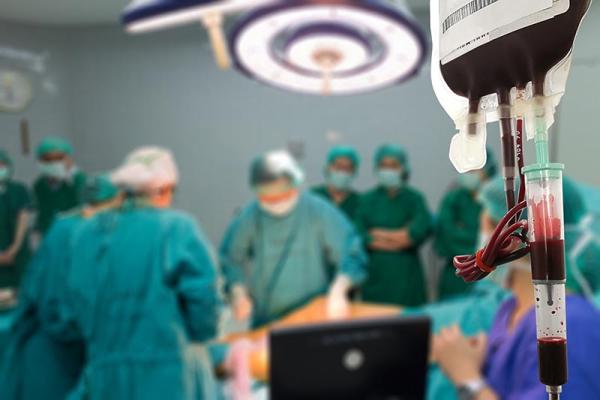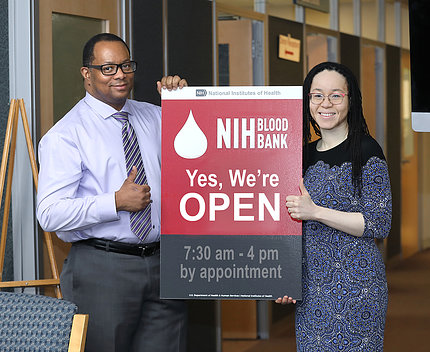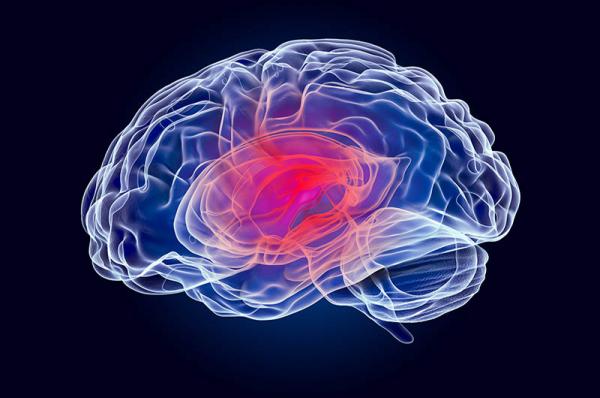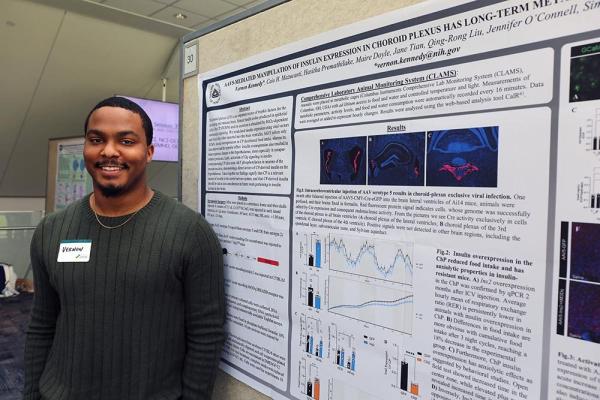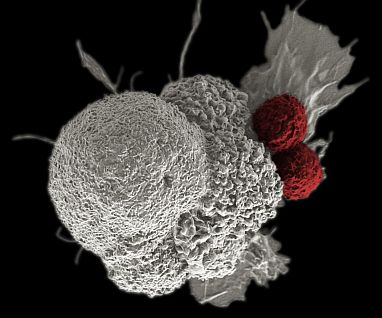Research Reveals Trigger for Brain’s Repairmen
IRP Discoveries Could Enhance Recovery from Brain Injuries
Many futurists and science fiction writers dream about a time when nanobots will run around our bodies fixing any damage that occurs. Until that day comes, we’re reliant on our immune system to mop up when things go wrong, a fickle set of cells that sometimes needs a push to get going. IRP scientists recently discovered how a particular type of cell in the blood stimulates the brain’s construction crew to leap into action, potentially opening the door to treatments that boost healing in the brain.



